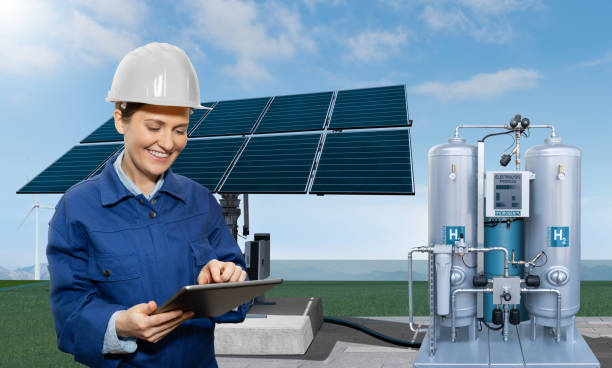
Each module is equipped with Power Optimizers to maximize energy efficiency and provide a smooth performance in any weather condition.
We’ll explain how they determine if you should invest in one.
What is a Power Optimizer?
Here’s a quick solar inverter 101.
Inverters with modern technology have a feature called Maximum Power Point Tracker (MPPT). This component ensures your module performs at its peak performance all the time with its intelligent algorithm. Up to three MPPTs within your device will attempt to get the maximum power out of a solar string.
They have one limitation.
Sometimes, modules can become shaded or dirty or develop microcracks. MPPT will then adjust the power for the entire string according to the output power of the weak module.
In most cases, this will be fine. If you install solar panels in an area where shadows move during certain times of the day, your output will be affected.
Power Optimizer provides MPPT for each module.
What are they?
The power optimizers optimize the DC (Direct current) produced by the solar panels and then convert it to the AC (Alternating Current) required by the string converter. The string inverter converts this DC into usable AC.
A power optimizer will not be affected by the low output of a single panel. Power optimizers are more efficient than traditional systems in shading, tilting, orienting panels, or module mismatch cases.
The advantages of power optimizers
How to Prevent Shading Loose
Power optimizers can be used to reduce partial shading by 25%-40%.
Plant efficiency can be improved.
Optimizers increase PV efficiency by extracting maximum power from individual modules rather than the entire array.
The most noticeable boost will be in installations with a high rate of module mismatch.
Higher safety
The DC voltage on wires is dangerous. Power optimizers reduce the DC voltage when the inverter has been switched off or when there are faults with the unit.
Module level monitoring
The power optimizer device simplifies the monitoring of the performance of your computer. You can detect and begin troubleshooting if any module in an array does not function properly or do not generate enough power.
Power Optimizer and Microinverter: Differences
When you compare the different types of inverters, you will find that Power Optimizers are somewhere between Microinverter and. This is because they combine elements from both.
Microinverters and Power Optimizers are Module-Level Power Electronics, i.e., Provide MPPT on the module level. There is one significant difference between them. Power optimizers don’t convert DC to AC like microinverters. To do this, they need a central/string converter.
If your optimizer fails, your module will still generate energy, but not as efficiently. The other device is different.
The two devices also differ in price. Power optimizers are slightly cheaper than microinverters because they only contain one inverter function.
Are Power Optimizers Worth it?
They are. They are.
Your roofs may become shaded at certain times
Installing panels on uneven surfaces
The panels cannot function properly if the tilt, orientation, and direction are different.
Power optimizers can increase PV systems’ efficiency in such scenarios.
You can decide whether it’s worth switching based on factors like the type of roof, its orientation, shading possibilities, and budget.
Top Power Optimizer on the Market
You can choose a brand that is well-known, such as SolarEdge. The Israeli company pioneered power optimizer technology by splitting the inverter’s functionality into two parts – MPPT and DC/AC Converter.
SolarEdge products are of high quality and reliability. Their power optimizer technology also offers additional benefits.
Extra Safety
The Solaredge inverters and power optimizers are equipped with an intelligent feature called SafeDC. This component automatically reduces each module’s voltage to 1 volt when the inverter is shut down or in safety mode. This is a safe level.
This system provides excellent safety to installers, maintenance staff, and firefighters during emergencies.
Simple Maintenance
You are given complete control over the device by the organization. SolarEdge’s monitoring platform provides visual charts that show panel performance, battery level, and energy consumption.
The platform will alert you and provide a summary if there is a performance problem.
Maintenance is made more accessible. SolarEdge also offers remote troubleshooting to fix minor problems.
